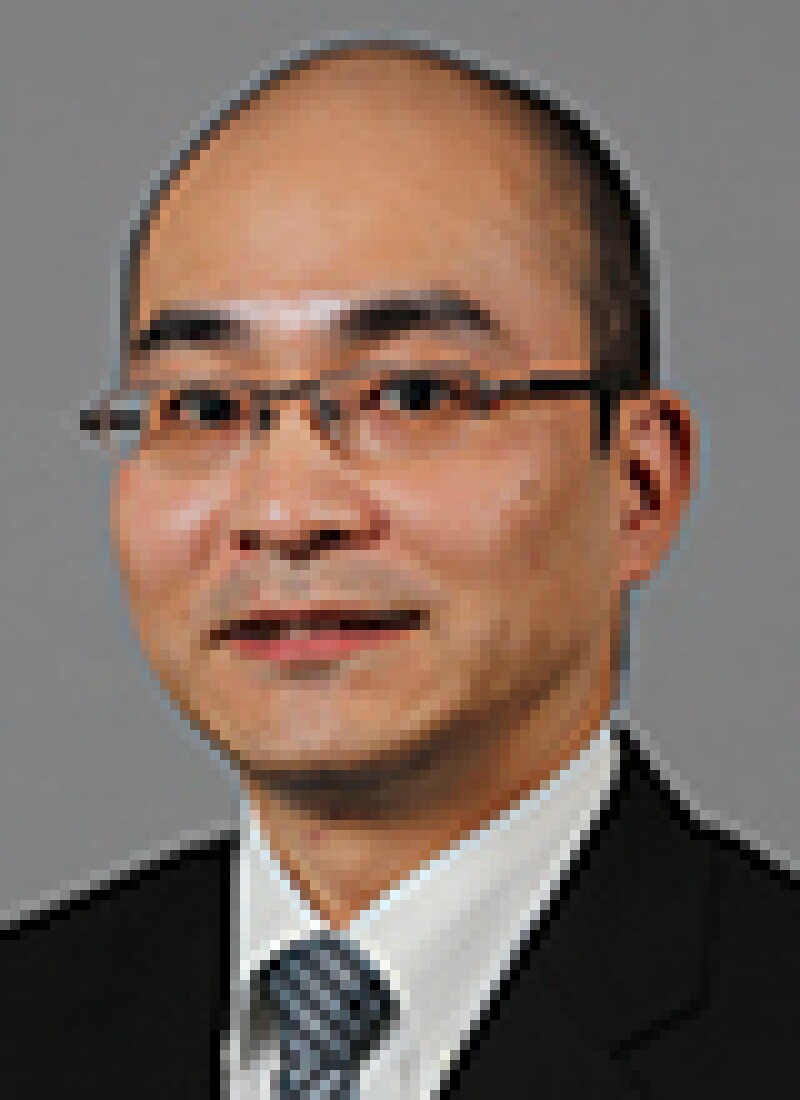Japan’s regulatory sandbox was launched in June 2018 and is a cornerstone of the country’s efforts to promote fintech. Ryosuke Oue of Atsumi & Sakai reviews the progress so far
As the fourth industrial revolution develops rapidly around the globe, it is obvious that countries need to cultivate new core technologies and businesses in order to survive in the global market. Some developed countries are already aware that existing regulations have been hindering investment and the inflow of human resources. In response they are implementing improvements to their business and regulatory environments so that new businesses can be tested and evaluated without undue hindrance by existing and often archaic regulations – this is the root of the sandbox system.
In Japan, regulatory reform has also been recognised as an important policy tool to achieve sustainable economic growth, with two notable reforms having been introduced since January 2014: the System to Remove Gray Zone Areas and the System of Special Arrangements for New Business Activities.
The System to Remove Gray Zone Areas ensures that businesses operating in legal grey areas, where the applicability of existing rules is not clear, are legal; this will encourage innovation and business operators to enter new fields. One notable case under this system that resulted in innovation involved a healthcare service comprising a simple blood test and a health information service based on the blood test. A question was raised as to whether such a service would fall within the definition of a "medical practice" under the Medical Act, which would make its provision without a doctor's involvement illegal. When the answer given by the relevant authority turned out to be negative, the number of offices that handle the service increased enormously.
The System of Special Arrangements for New Business Activities enables a business operator planning to conduct a new activity to submit for an exemption from regulatory requirements that might hinder the business. It also allows the relevant authority to permit the business to proceed on the condition that the operator ensures the safety, etc., of third parties in conformity with a specific business plan. One notable case under this system that resulted in innovation involved the relaxing of a restriction on the power output of electrically-assisted bicycles on the condition that the business operator had to ensure the safety of the modified bicycles and that their use was limited to distributional purposes only; as the change proved to be harmless, it became permanent and is now expected to boost the diversity of workers involved in the delivery service industry in terms of their age, gender, etc.
However, because these two systems presuppose the existence of certain business methods, they have not been as effective in assisting the development of new businesses as hoped. Japan was thus urgently in need of a regulatory sandbox system similar to those introduced in other developed countries.
In the meantime, information technologies (for example, the internet of things (IoT), big data and artificial intelligence) have rapidly generated innovation in the last few years, and industrial structures and international competition are experiencing disruptive changes. To address these changes and lead the global economy through a productivity revolution, the Japanese government approved a New Economic Policy Package in December 2017 in which it decided to implement policies during 'a period for productivity revolution and intensive investment' leading up to 2020. In light of this, a regulatory sandbox regime was introduced in June 2018 under the Act on Special Measures for Productivity Improvement. By limiting the number of participants and the duration of projects, this regime enables the development of projects in an environment where relevant regulations are not immediately applied.
Any company, including foreign companies, can apply to use this regulatory regime in Japan. To apply to use a regulatory sandbox, a business operator must provide: (a) a demonstration of the business, including testing the possibilities of using innovative technologies such as AI, IoT or blockchain for future businesses; (b) the time and the place of the demonstration; (c) the scope of participants (which must include persons that may suffer a loss or damage from the proposed business); and (d) how the data to be collected through the demonstration would be used in the deliberation of regulatory reform.
By July 2019, eight projects had been authorised. Three of these project were:
The practicability test for home electric appliances that integrate high-speed power line communication (PLC) devices:
The test aims to confirm that these integrated PLC connections comply with the relevant safety laws and do not disturb communication or broadcasting activities. It is expected that the test's results will facilitate an amendment of relevant governmental notifications (the interpretation of technical standards pertaining to electric installation mounted with a high-speed PLC device).
Online influenza medical examinations using a diagnosis kit:
The test aims to encourage medical examinees to take an online medical examination using a diagnosis kit exclusively for online medical examinations when the examinee experiences a subjective symptom of influenza. The goal of the examinations are to confirm whether or not they may become an effective measure against pandemic influenza.
Establishing a transaction platform that enables the real time settlement of the sale and purchase of Bitcoin between cryptocurrency exchange operators:
The test aims to verify the security of asset values, records and transactions of the side chain (which enhances the function of blockchain) and secure the transparency of price formation to establish a stable and fair OTC transaction market.
The evaluations are expected to last from a few months to a year. None of the example is considered to conflict with existing rules.
About the author |
||

|
|
Ryosuke Oue Partner, Atsumi & Sakai Tokyo, Japan T: +81 (0)3 5501 2111 W: www.aplaw.jp Ryosuke Oue is a partner in Atsumi & Sakai and a core member of the firm's fintech team. Ryosuke acts for fintech companies as well as a major credit card issuing company. He has extensive experience in banking and finance, asset finance and structured finance, acting for a wide range of Japanese and international banks and financial institutions. He also has extensive experience advising foreign investors on renewable energy projects in Japan. |

